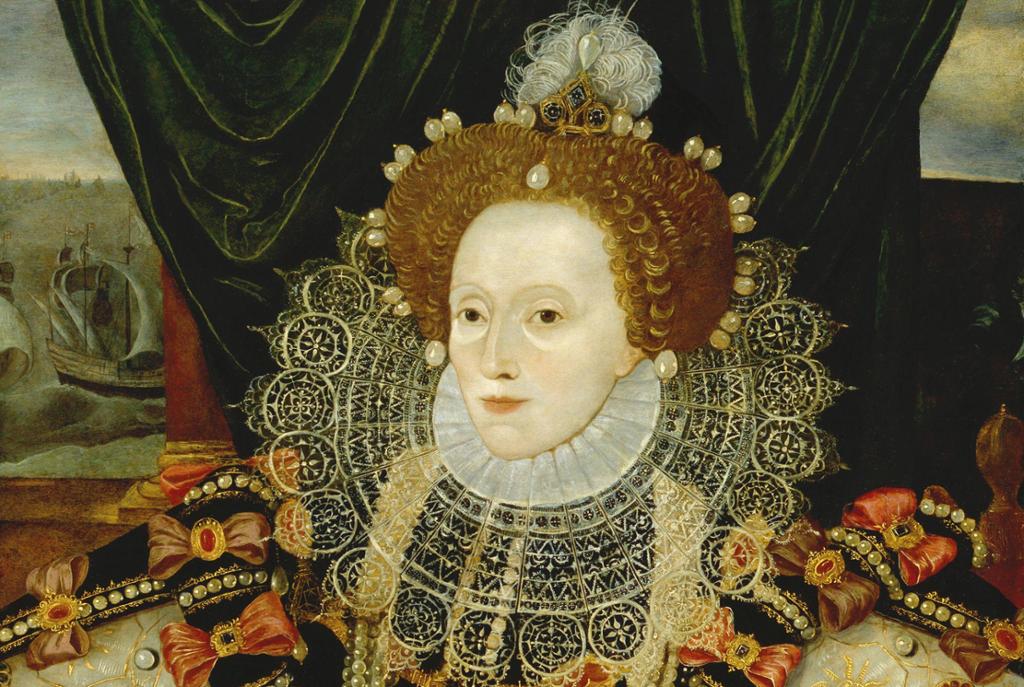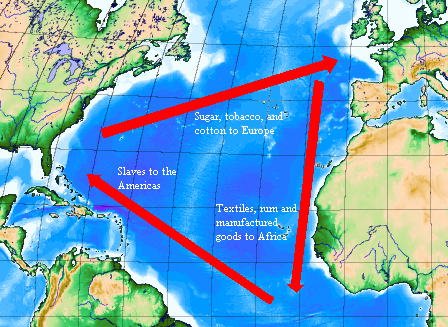
Early Settlement
Explorations and discoveries led to opportunities never available before and England, with King Henry VIII (1509-1547) and his daughter Elizabeth I (1558-1603) on the throne, began to take advantage of trade, both for commercial and political reasons. Henry made himself King of Ireland in 1541 and imported products like wine and cheese from France, and Elizabeth sent an expedition to Virginia (named after Elizabeth who was called the Virgin Queen) in America in 1584. The Colony of Virginia was established in 1607 and the general notion in the 17th century was that trade would be far more productive and commercially profitable if colonies were founded.
The American War of Independence and New Colonies
The thirteen American colonies formed the core of Britain’s first empire. But when the colonies gained independence from Britain after the American War of Independence in 1776, Britain had to look elsewhere for replacement territories. During the 17th and 18th centuries Australia and New Zealand gradually came under British control. Canada remained loyal to the British crown despite American independence.
Trade, Economic and Industrial Development
Trade and foreign contacts brought changes to Britain as well. In the late 18th century, the textile industry of Lancashire propelled British industrialisation forward and paved the way for what is normally referred to as the Industrial Revolution. Industries, some based on foreign products traded around the world, emerged in British cities, and vast numbers of Britons moved into towns to seek work in the newly established factories. Change in the social fabric and new living patterns created hardships for many people, but the rapidly expanding industrial society also produced endless opportunities for the commercially oriented population.
Triangular Trade - Trade in Goods and People

Towards the end of the 18th century, the Triangular Trade evolved between Britain, the West Coast of Africa and the Caribbean/America. Slaves were an important part in this trade. They were captured, kidnapped and bought in West Africa to be brought across the Atlantic Ocean to work in the plantation sector. In the 1750s, Olaudah Equiano (11) and his little sister were among the 12 million that were kidnapped from their home, which was located in present-day Nigeria, and brought to Barbados, the oldest sugar-producing British colony in the New World. He was one of the few lucky ones that was allowed to buy his freedom in 1766, whereupon he wrote down his gripping story. To listen to his story and get an understanding of the Triangular Trade, it is strongly recommended that you read this article about the British Slave Trade.
Plantations produced cotton, sugar and tobacco and the products were sent back to Britain for refinement and further sale. The Triangular Trade turned out to be hugely profitable for British traders and industrialists, and the accumulated capital was redistributed into new factories and businesses at home. Into the 19th century, the British home market demanded more and more goods to continue its growth and traders realised that closer control of overseas production lines would pay off. Moreover, to protect markets from European competitors, it became necessary for Britain to take territorial control in order to discourage interest from other nations.